
Georg Christian Freund (7 February 1821 - 6 April 1900) was a Danish sculptor, most notable for works such as The Bowls Player .

Georg Christian Freund (7 February 1821 - 6 April 1900) was a Danish sculptor, most notable for works such as The Bowls Player .
Born in Altona, Hamburg, he learned sculpture at the Royal Danish Academy of Fine Arts under his uncle Hermann Ernst Freund and also under Herman Wilhelm Bissen. He was already working independently by 1840, when he was working on the Ragnarok frieze for the Christiansborg Palace. He was given several medals and prizes early in his career. From 1854 to 1865 he stayed in Rome on a state stipend and in 1869 became a member of the Copenhagen Academy. In 1892 he became a professor and in 1898 was made a knight of the Order of Dannebrog. He died in Copenhagen in 1900.
He mainly produced genre works in marble, plaster and bronze - some of them are to be found in the Alte Nationalgalerie in Berlin, [1] whilst others are still in the public buildings for which they were commissioned. Two examples of the latter are his marble reliefs of The Last Supper and The Baptism of Christ in the Jordan in the St Nicholai Kirche in Uthlede. [2]

Albert Bertel Thorvaldsen was a Danish-Icelandic sculptor and medalist of international fame, who spent most of his life (1797–1838) in Italy. Thorvaldsen was born in Copenhagen into a working-class Danish/Icelandic family, and was accepted to the Royal Danish Academy of Art at the age of eleven. Working part-time with his father, who was a wood carver, Thorvaldsen won many honors and medals at the academy. He was awarded a stipend to travel to Rome and continue his education.
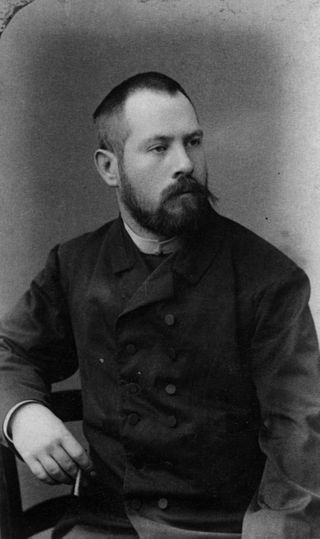
Lovis Corinth was a German artist and writer whose mature work as a painter and printmaker realized a synthesis of impressionism and expressionism.

Peter Christian Thamsen Skovgaard was a Danish national romantic landscape painter. He is one of the main figures associated with the Golden Age of Danish Painting. He is especially known for his large scale portrayals of the Danish landscape.
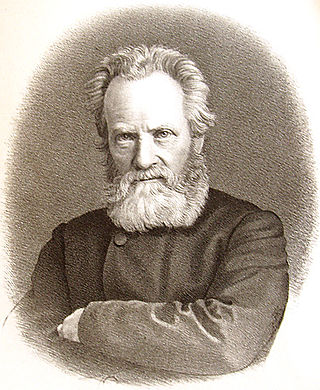
Herman Wilhelm Bissen was a Danish sculptor. Bissen created a number of public works, working in plaster, marble and bronze.

Christian Frederik Hansen, known as C. F. Hansen, was the leading Danish architect between the late 18th century and the mid 19th century, and on account of his position at the Royal Danish Academy of Art the most powerful person in artistic circles for many years. He was known as "Denmark’s Palladio" on account of the architectural style he promoted. His buildings are known for their simplicity, strength and scale.
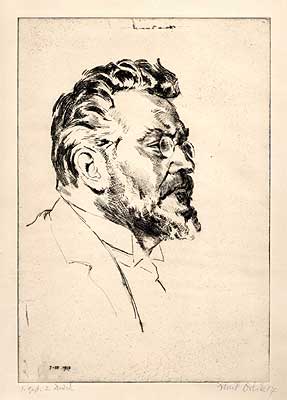
Max Slevogt was a German Impressionist painter and illustrator, best known for his landscapes. He was, together with Lovis Corinth and Max Liebermann, one of the foremost representatives in Germany of the plein air style.
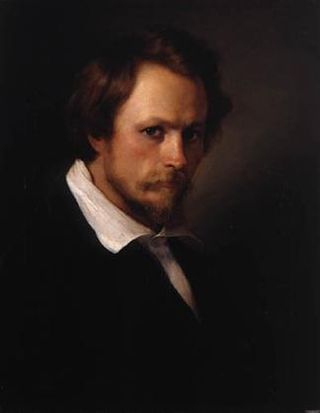
Emil Jens Baumann Adolf Jerichau was a Danish sculptor. He belonged to the generation immediately after Bertel Thorvaldsen, for whom he worked briefly in Rome, but gradually moved away from the static Neoclassicism he inherited from him and towards a more dynamic and realistic style. He was a professor at the Royal Danish Academy of Fine Arts and its director from 1857 to 1863.
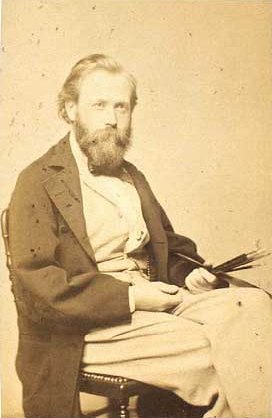
Ole Henrik Benedictus Olrik was a Danish painter, sculptor and applied artist.

Christian Gottlieb Vilhelm Bissen was a Danish sculptor. He was also a professor at the Royal Danish Academy of Fine Arts with great influence on the next generation of Danish sculptors and for a while served as its director. Bissen was trained in the Neoclassical tradition from Bertel Thorvaldsen but after a stay in Paris around 1880, he was influenced by Naturalism. With the equestrian statue of Absalon he turned to Neo-romanticism.

Johannes Emil Gnudtzmann was a Danish architect working in the Historicist style. His most notable works are St. Paul's Church and the extension of the Royal Veterinary and Agricultural University's main building, both in Copenhagen. He was the father of Kaj Gnudtzmann.
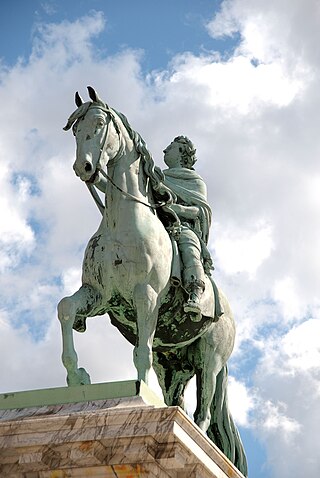
Danish sculpture as a nationally recognized art form can be traced back to 1752 when Jacques Saly was commissioned to execute a statue of King Frederick V of Denmark on horseback. While Bertel Thorvaldsen was undoubtedly the country's most prominent contributor, many other players have produced fine work, especially in the areas of Neoclassicism, Realism, and in Historicism, the latter resulting from growing consciousness of a national identity. More recently, Danish sculpture has been inspired by European trends, especially those from Paris, including Surrealism and Modernism.
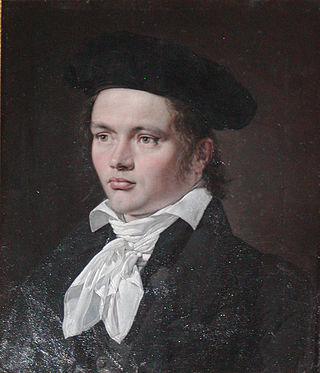
Hermann Ernst Freund was a German-born Danish sculptor. He is remembered in particular for his figures from Nordic mythology and for the Ragnarok Frieze.
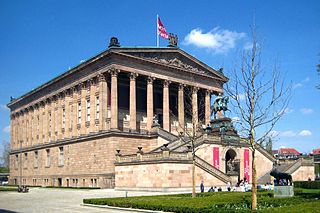
The National Gallery in Berlin, Germany, is a museum for art of the 19th, 20th and 21st centuries. It is part of the Berlin State Museums. From the Alte Nationalgalerie, which was built for it and opened in 1876, its exhibition space has expanded to include five other locations. The museums are part of the Berlin State Museums, owned by the Prussian Cultural Heritage Foundation.
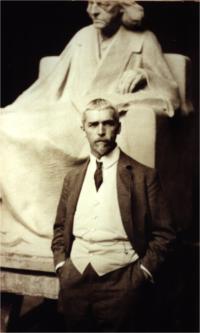
Adolf Brütt was a German sculptor. He was the founder of the Weimarer Bildhauerschule and its accompanying bronze foundry.
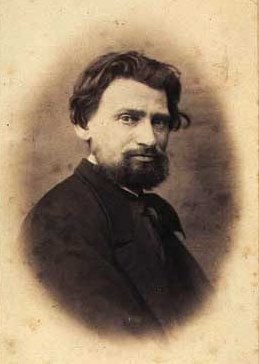
Otto Frederik Theobald Evens was a Danish sculptor.

Ingeborg Plockross Irminger (1872–1962) was a Danish artist who is remembered both for her sculptures and for the miniature porcelain statues of animals and human figures she designed while working for Bing & Grøndahl. A bronze cast of her 1903 bust of the writer Herman Bang was installed on Sankt Annæ Plads in Copenhagen in 2012.

The Bowls Player is an 1857 bronze statue by the Danish sculptor Georg Christian Freund. It is a modern adaptation of classical sculptures of athletes such as Polykleitos's Doryphoros and Myron's Discobolus.
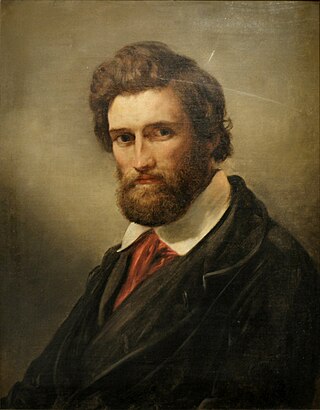
Harald Conradsen was a Danish sculptor and medallist. He was chief medallist at the Royal Mint from 1873 to 1901. Other works by Conradsen include the Royal Danish Academy of Fine Arts' Eckersberg Medal and the University of Copenhagen's gold medal.

Christen Christensen was a Danish sculptor and medallist. His works as a medallist include the Royal Danish Academy of Fine Arts' C. F. Hansen Medal and Thorvaldsen Medal.

Carl Adolf Henning was a German painter.